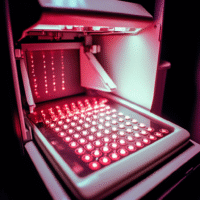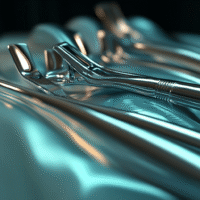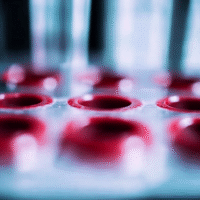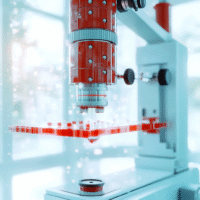Introduction
Caudal epidural block is a common procedure used to manage pain after surgery in children. This technique involves injecting a local anesthetic that can affect the brain and spinal fluid.
Study Overview
This study focused on children aged 1-7 years who were undergoing surgery. They were divided into two groups: one received a caudal block (Group CB) and the other did not (Group C). The anesthetic used was 0.25% bupivacaine, administered at a dose of 1 ml/kg. The researchers measured the optic nerve sheath diameter at various times during the procedure, along with monitoring heart rate and blood pressure.
Key Findings
The study found no significant differences in basic health measurements between the two groups. However, the optic nerve sheath diameter was larger in the caudal block group at 15 and 30 minutes after the block was administered. This suggests that the local anesthetic can increase pressure in the brain area, but it did not affect the patients’ heart rates or blood pressure during the surgery.
Practical Implications
This study indicates that measuring the optic nerve sheath diameter can help detect increased pressure in the brain of pediatric patients. While the caudal block is effective for pain relief, it is important to monitor for potential increases in intracranial pressure.
Opportunities for Clinics
Clinics can set clear goals based on these findings, such as:
- Improving pain management strategies for pediatric surgeries.
- Implementing regular monitoring of optic nerve sheath diameter in patients receiving caudal blocks.
AI Tools for Clinical Needs
Consider adopting AI solutions to enhance patient monitoring and data analysis related to caudal epidural blocks. These tools can help:
- Analyze patient data more efficiently.
- Provide real-time insights on intracranial pressure changes.
Next Steps
Start with a pilot project to test these measures in your clinic. Track the results and impact of using AI solutions based on the research findings.
Contact Us
For more information on AI solutions in medical management, reach out to us:






























